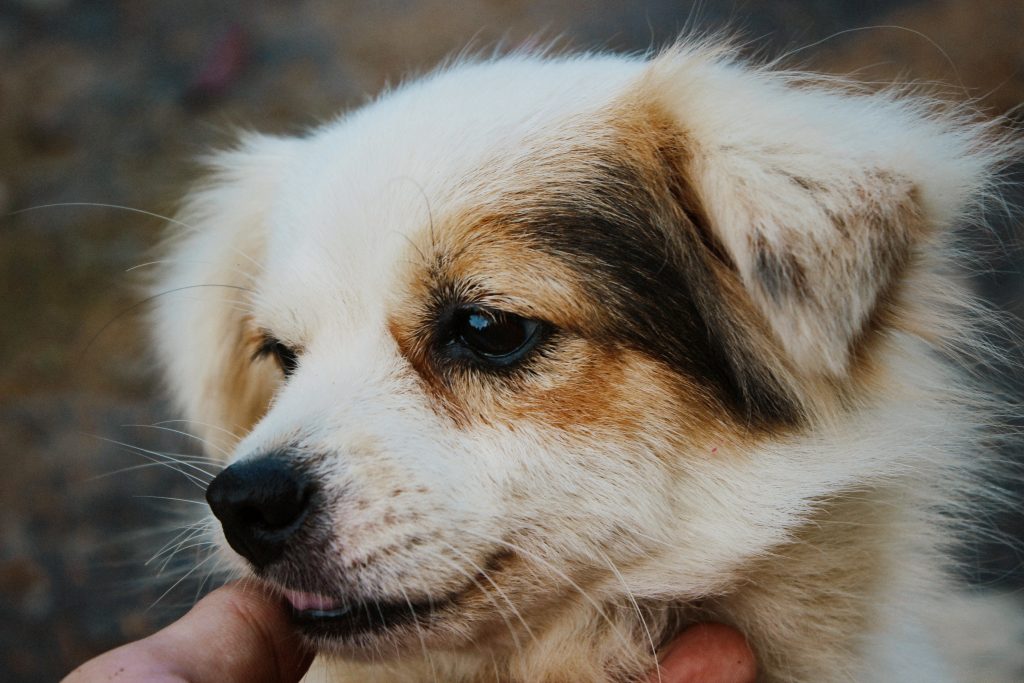Do Dogs Like Kisses on the Head?
Dogs, our loyal companions, communicate in a myriad of ways. Understanding their language is crucial for fostering a strong bond and ensuring positive interactions. One intriguing aspect of canine-human interaction is the notion of head kisses. As we explore this phenomenon, it’s essential to delve into the complexities of canine communication, individual preferences, and the factors influencing dogs’ reactions.

Introduction: Dogs Like Kisses
Canine communication is a rich tapestry of signals, ranging from tail wagging to vocalizations. To comprehend our furry friends better, it’s crucial to recognize the significance of their behavior. Dogs, being social animals, express themselves through various cues, with physical touch playing a pivotal role in their interactions.
Understanding Canine Body Language
Tail Wagging
One of the most recognizable signals is tail wagging. However, not all wags are the same, and deciphering the nuances is key to understanding a dog’s emotional state.
Facial Expressions
Dogs convey a wealth of information through their facial expressions. From joyful grins to furrowed brows, their faces are a canvas of emotions.
Ear Movements
Ears are like antennas, tuning into the surrounding environment. Learning to interpret ear movements provides insights into a dog’s attentiveness and mood.
Vocalizations
Barks, whines, and growls form part of the canine lexicon. Each vocalization carries a distinct message, contributing to the intricate dialogue between dogs and humans.
Dogs and Affection
How Dogs Show Affection
Dogs express affection through various means, such as licking, tail wags, and leaning against their human counterparts.
Bonding Through Physical Touch
Physical touch, including head pats and belly rubs, fosters a sense of security and strengthens the emotional connection between dogs and their owners.
Social Structure in Dog Packs
Understanding the social dynamics within a dog pack sheds light on the importance of affectionate interactions for overall well-being.
Human-Dog Relationship
Reciprocity in Affection
The bond between humans and dogs is reciprocal. As we show affection, dogs respond with loyalty and companionship.
The Role of Trust
Trust is the foundation of a healthy relationship. Dogs seek comfort in knowing they can rely on their human companions.

Communication Signals
Effective communication involves a two-way street. Learning to interpret and respond to a dog’s signals is essential for a harmonious relationship.
Do Dogs Like Head Kisses?
Sensitivity of Dogs to Touch
Dogs vary in their sensitivity to touch. The head area, being a focal point, demands careful consideration.
The Significance of the Head Area
Exploring why the head is a prime area for affection and what it signifies in canine social dynamics.
Variations in Individual Preferences
Just as humans have personal preferences, dogs exhibit individual choices when it comes to receiving affection.
Factors Influencing Dog Reactions
Past Experiences
Traumatic experiences can shape a dog’s reactions to physical touch. Understanding past traumas is crucial for respectful interactions.
Breed Differences
Different breeds may have varying tolerances for affectionate gestures. Recognizing these differences ensures a tailored approach.
Training and Socialization
Training and socialization play a pivotal role in a dog’s comfort with physical contact. Positive experiences contribute to a well-adjusted and affectionate pet.
Signs of Discomfort
Reading Canine Cues
Paying attention to subtle cues helps identify when a dog is uncomfortable. Respectful behavior is key to building trust.
Understanding Discomfort Signals
Growls, tense body language, and avoiding eye contact are signals of discomfort. Responding appropriately is crucial.
Respecting Individual Boundaries
Every dog has unique comfort zones. Respecting these boundaries fosters a positive and trusting relationship.
Building Trust and Comfort
Gradual Introductions
Introducing physical touch gradually allows a dog to acclimate and build trust over time.
Positive Reinforcement
Associating head kisses with positive experiences reinforces a dog’s positive perception of the interaction.
Recognizing Positive Responses
Acknowledging and reinforcing positive responses ensures a dog feels secure during affectionate moments.
Tips for Head Kisses
Observing Dog’s Body Language
Closely observing a dog’s body language helps gauge their comfort level and receptiveness to head kisses.
Choosing the Right Moment
Timing is crucial. Selecting moments when a dog is relaxed and receptive enhances the overall experience.
Building a Positive Association
Associating head kisses with enjoyable experiences creates a positive association, promoting a willingness to engage in such interactions.
Alternatives to Head Kisses
Preferred Affectionate Gestures
Discovering alternative gestures that a dog may prefer ensures a well-rounded approach to expressing affection.
Interactive Play
Engaging in interactive play serves as an enjoyable alternative to traditional displays of affection.
Verbal Praise
Dogs respond positively to verbal praise, and expressing love through words is often appreciated.
Benefits of Affectionate Interaction
Strengthening the Human-Canine Bond
Regular displays of affection contribute to a strong and enduring bond between humans and their canine companions.
Promoting Positive Behavior
Positive interactions reinforce good behavior, creating a harmonious living environment.
Enhancing the Dog’s Well-being
Affectionate interactions positively impact a dog’s mental and emotional well-being, contributing to a happy and content pet.
Common Misconceptions
Generalizing Dog Behavior
Avoiding the pitfall of generalizing dog behavior ensures a nuanced understanding of individual differences.
Addressing Myths About Head Kisses
Dispelling common myths surrounding head kisses clarifies misconceptions and fosters informed interactions.
Expert Opinions
Insights from Veterinarians
Veterinarians provide valuable insights into canine behavior, shedding light on the intricacies of head kisses.
Professional Dog Trainers’ Perspectives
Dog trainers offer practical advice on building trust and fostering positive interactions, including head kisses.
Conclusion
In conclusion, the question of whether dogs like head kisses encompasses a range of factors, including individual preferences, past experiences, and breed differences. Reading a dog’s cues, respecting their boundaries, and building trust are fundamental in establishing a positive and affectionate relationship. As we navigate the realm of canine communication, let us appreciate the uniqueness of each dog and embrace diverse ways of expressing love and companionship.




Leave a comment